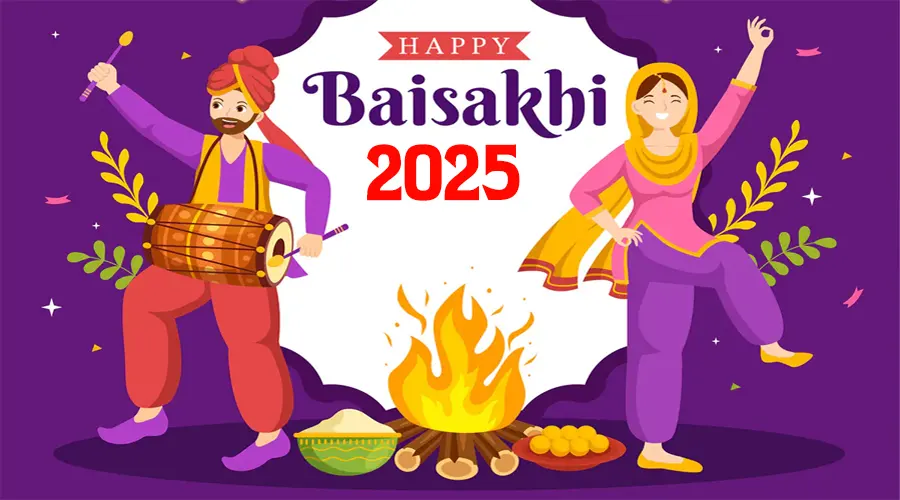Somanathapura Temple
On the banks of the Holy River, Kaveri is a tiny tranquil town of Somanathapura. Here stands the finest and most exemplary monument of Hoysala architecture known as the famous Prasanna Chennakesava Temple or simply the Kesava Temple. Consecrated in the year 1258 CE, it is a Vaishnav Hindu Temple dedicated to the might and beauty of Lord Krishna (Chenna= Beautiful and Kesava= Krishna). Tourists from near and far come to visit the temple to get a view of the beautiful place. The Chennakesava temple is one of the 1500 Temples built by the Hoysala Empire kings in different parts of their kingdom, and is said to be the climax development in Hoysala temple style and yet is unique in many other ways.
A classic example of the famous Hoysala architecture, and is one of the three temples of the kind to be nominated in the Unesco World Heritage list. Unfortunately, this temple is no longer used as a place of worship because the idols have been broken and desecrated by the invading Muslim armies. However, the beauty of the temple still charms thousands of visitors who visit the site to witness the magnificent artistic and engineering achievements of the era, to seek the Lord's blessing, and to admire the delicate carvings and sculptures, whose beauty is unequal and as unique as the God that it houses.
History of Somanathapura Temple
The Keshava Temple at Somanathapura was constructed by a commander of the Hoysala Army, Somanatha. This general had just established a small town here named after himself – Somanathapura. Enjoying the favor of his overlord, the Hoysala King Narasimha III, he appealed to the king for permission and resources to undertake the project of building the magnificent temple. With the blessing of the king, the construction was started.
The construction of the temple was completed and consecrated in 1268 AD. There is an Old Kannada inscription on a stone slab in the temple which gives all these details.
Architecture of Somanathapura Temple
The Keshava temple is built on a raised platform with an outer Pradakshina pathway. The temple has a stellar plan with three shrines and Vimanas. The walls are covered in beautiful friezes of scenes from the epics, figures of elephants, and battle scenes depicting cavalry. The section above this is covered with carvings of various deities.
The stellar plan creates several corners and niches that provide different canvases for the sculptor and each row carries a different pattern. The exquisite carvings are like a jeweler’s work. The ceilings also carry beautiful decorations.
There are three shrines in this temple with three Vimanas, so this is a Trikuta Temple.


























